Theme parks and tiny humans don’t always mix well—but when they do, magic happens. The key lies in finding destinations that understand toddler attention spans, nap schedules, and the fact that a spinning teacup can be just as thrilling as any roller coaster. Smart parents know that height requirements aren’t the only consideration when planning a theme park adventure with little ones.
Some parks have cracked the code on creating experiences that captivate three-year-olds without sending them into complete sensory overload. Here is a list of 16 theme parks that excel at entertaining the youngest adventurers.
Disneyland

Walt Disney’s original creation still outperforms newer parks when it comes to toddler-friendly attractions and overall atmosphere. Fantasyland feels like it was designed specifically for preschoolers, with gentle rides that tell familiar stories without scary elements.
The park maintains an almost obsessive attention to cleanliness and safety—crucial factors when dealing with children who touch everything and occasionally try to eat it.
Magic Kingdom
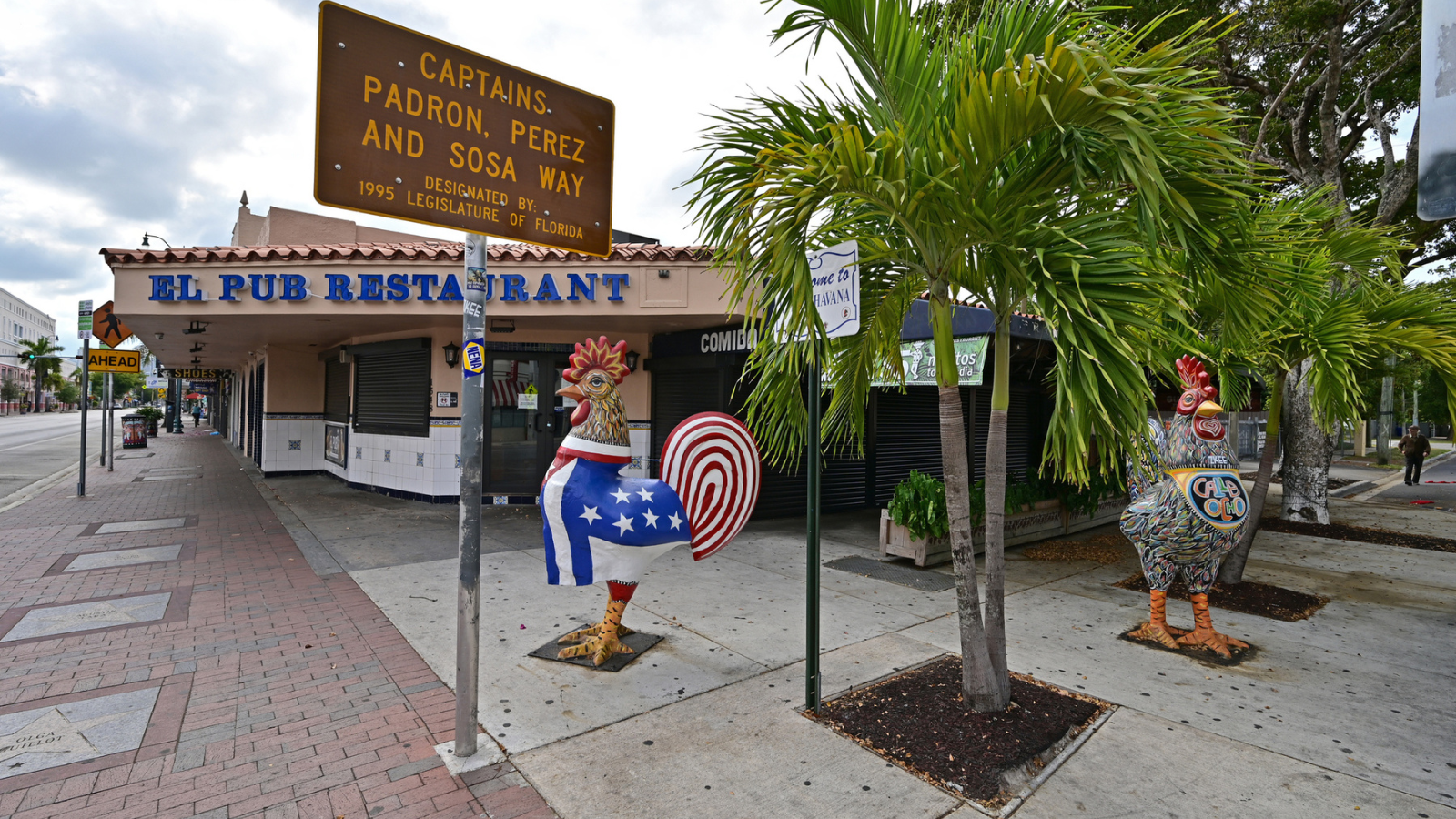
Florida’s flagship Disney destination takes everything great about Disneyland and spreads it across a much larger canvas. The expanded Fantasyland here offers twice the space for strollers and significantly more attractions designed for the under-five crowd.
Parents appreciate the numerous shaded areas and the fact that character meet-and-greets happen throughout the day rather than at scheduled times only.
Like Travel Pug’s content? Follow us on MSN.
Disney California Adventure

This park focuses on California culture through attractions that function more like interactive playgrounds than typical rides. Cars Land recreates the movie’s setting at a scale that makes toddlers feel genuinely important as they “drive” through Radiator Springs.
The entire area incorporates water features and shade structures that provide relief during Southern California’s notoriously warm weather.
EPCOT
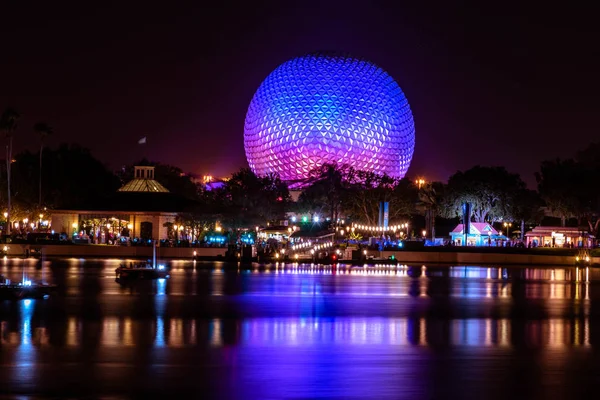
The front section transforms complex technological concepts into hands-on experiences that somehow captivate curious toddler minds. The Seas with Nemo & Friends combines a gentle ride with massive aquarium exhibits, creating entertainment that actually teaches something useful.
EPCOT’s wide walkways accommodate the stroller parade better than most parks—a blessing for parents navigating with diaper bags and snack supplies.
Sesame Place
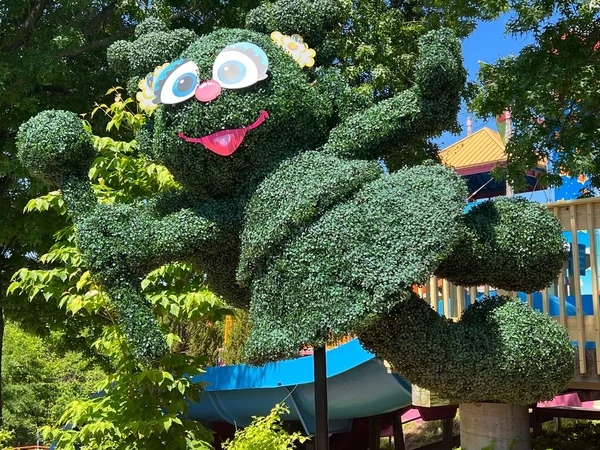
Built entirely around characters that toddlers already know and love, this park eliminates the guesswork involved in choosing appropriate attractions. Every single ride, show, and interactive area connects directly to Sesame Street storylines that preschoolers have absorbed through countless hours of television viewing.
The water play areas provide perfect energy outlets during summer heat while maintaining the educational focus that makes parents feel less guilty about screen time.
Like Travel Pug’s content? Follow us on MSN.
Legoland California
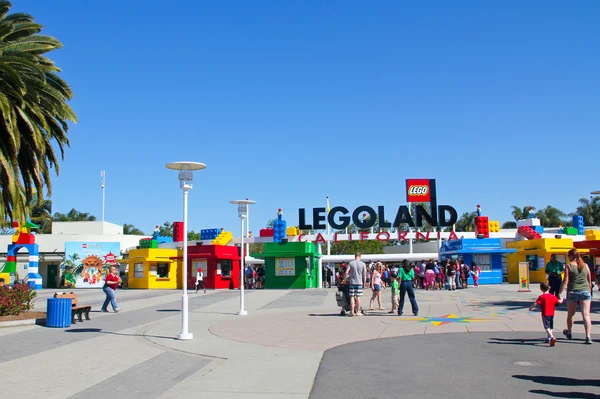
Their “Built for Kids 2-12” slogan isn’t marketing fluff—every attraction genuinely caters to shorter attention spans and smaller physical capabilities. Duplo Valley targets the youngest visitors with oversized building blocks and rides themed around characters from toddler-focused Lego sets.
The park’s manageable size means families can see everything without the exhaustion that comes from walking five miles across massive theme park complexes.
Dollywood
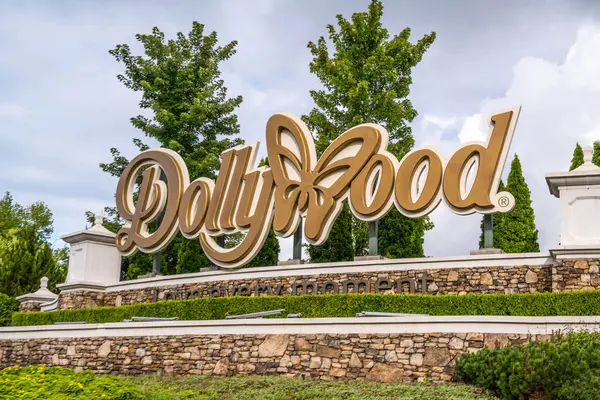
Dolly Parton’s Tennessee theme park combines genuine Southern hospitality with attractions designed for multiple generations to enjoy together. Timber Canyon rivals that of major public playgrounds. Rides like Dreamsicle Skies offer gentle thrills without intimidating heights.
The park’s commitment to live entertainment means toddlers can enjoy musical performances that break up the ride-to-ride routine.
Silver Dollar City
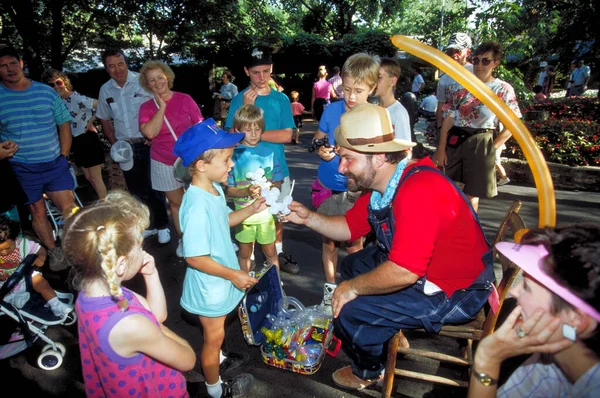
This Missouri destination’s 1880s theming creates an immersive historical environment where toddlers can experience a different period through interactive demonstrations. Working craftsmen create everything from glass ornaments to wooden toys while young visitors watch in fascination—often learning more about traditional skills than they would in most museums.
The emphasis on live demonstrations provides educational value that extends well beyond typical theme park entertainment.
Like Travel Pug’s content? Follow us on MSN.
Knott’s Berry Farm
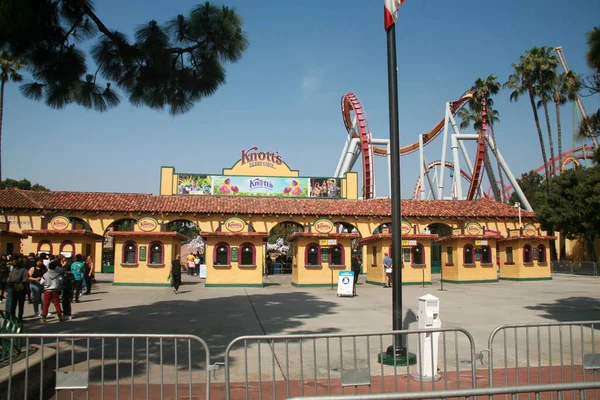
California’s oldest theme park maintains Camp Snoopy, a contained area where toddlers can safely explore without parents worrying about them wandering into rides not suited for their age. The farm’s agricultural heritage translates into interactive experiences like seasonal berry picking that connect children with food sources in ways urban environments rarely provide.
The park’s commitment to preserving its historical character creates a unique atmosphere that feels distinctly different from corporate-designed theme parks.
Busch Gardens Williamsburg
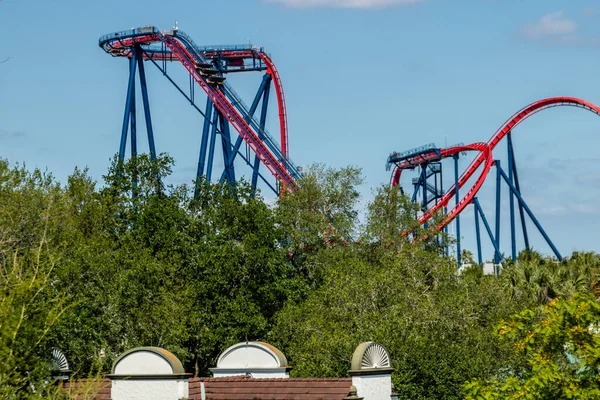
European village theming creates distinct areas that feel like exploring different countries—providing cultural education alongside entertainment value. The Sesame Street Forest of Fun contains attractions scaled appropriately for toddlers while maintaining the park’s overall aesthetic standards.
Beautiful gardens and gentle rides create a more relaxed pace compared to high-energy theme parks that can overwhelm sensitive little visitors.
Storybook Land
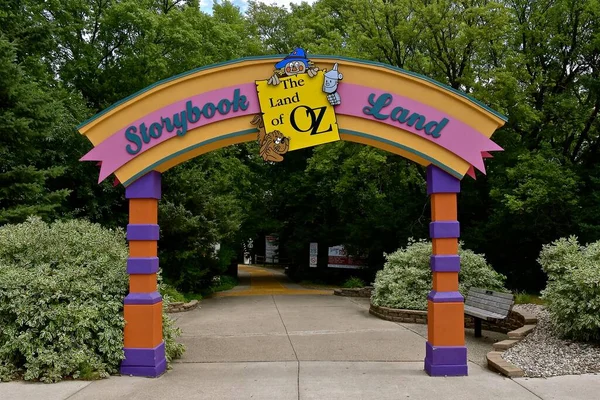
New Jersey’s fairytale-themed park brings classic children’s stories to life through attractions and exhibits designed specifically for preschool imaginations. The Three Little Pigs House and Jack and Jill’s Hill provide interactive experiences that connect directly to bedtime stories parents have been reading for years.
The park’s small scale means toddlers can walk most distances without requiring constant stroller transport—fostering independence while maintaining complete safety.
Like Travel Pug’s content? Follow us on MSN.
Hersheypark
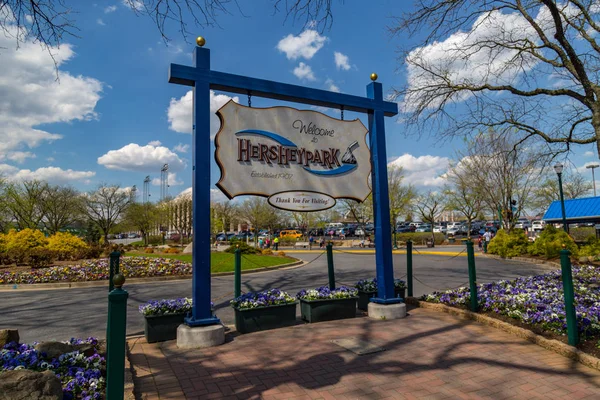
Pennsylvania’s chocolate-themed destination offers Hershey’s Chocolatetown, where toddlers can experience candy-making processes through age-appropriate demonstrations and gentle rides. The park’s commitment to cleanliness and safety reflects the company’s family-friendly brand values that parents trust.
The combination of mild attractions and sweet treats creates positive associations that often develop into cherished childhood memories.
Cedar Point
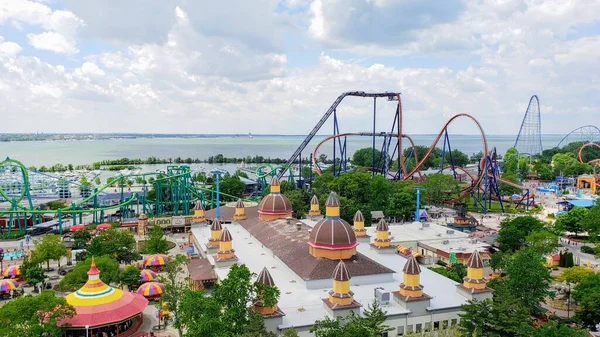
While famous primarily for extreme roller coasters, Planet Snoopy provides a complete theme park experience designed entirely for young children. The section’s separation from the park’s intense attractions allows parents to focus on toddler-appropriate entertainment without constant exposure to frightening rides.
Peanuts characters create familiar reference points that help young visitors feel comfortable within the larger park environment.
Six Flags Over Georgia
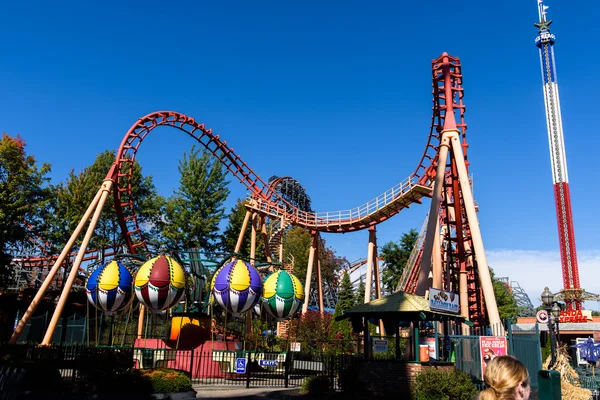
Bugs Bunny Boomtown transforms Looney Tunes characters into interactive experiences suitable for the youngest visitors. Unlike many Six Flags properties focused primarily on thrill rides, this location maintains a significant investment in family-friendly attractions that actually work for toddlers.
Colorful theming and gentle ride mechanics provide entertainment that matches preschooler energy levels and notoriously short attention spans.
Like Travel Pug’s content? Follow us on MSN.
Idlewild & Soak Zone

This Pennsylvania park calls itself ‘America’s Beautiful Amusement Park’ and delivers on that promise through attractions that blend seamlessly with natural surroundings. Storybook Forest contains fairy tale scenes that encourage imagination while providing gentle physical activity through manageable walking paths.
The park’s emphasis on traditional amusement park experiences creates a nostalgic atmosphere that appeals to both children and their grandparents simultaneously.
Dutch Wonderland
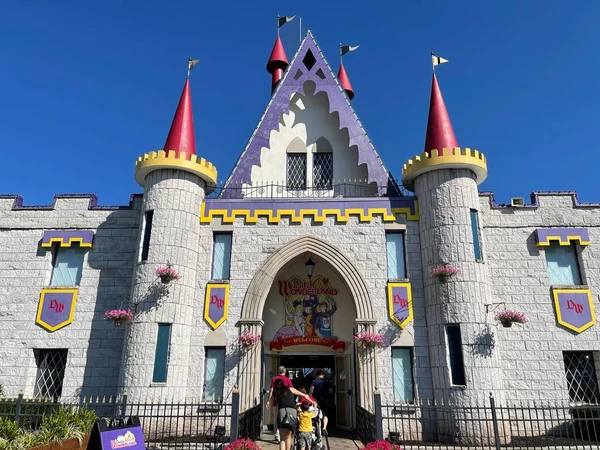
Lancaster County’s ‘Kingdom for Kids lives up to its slogan through attractions designed specifically for children under twelve years old. Castle theming creates a cohesive fantasy environment where toddlers can safely explore without encountering inappropriate content or scary elements.
The park’s location in Pennsylvania’s Amish country provides a cultural context that extends educational value beyond the attractions themselves.
Small Adventures, Big Memories
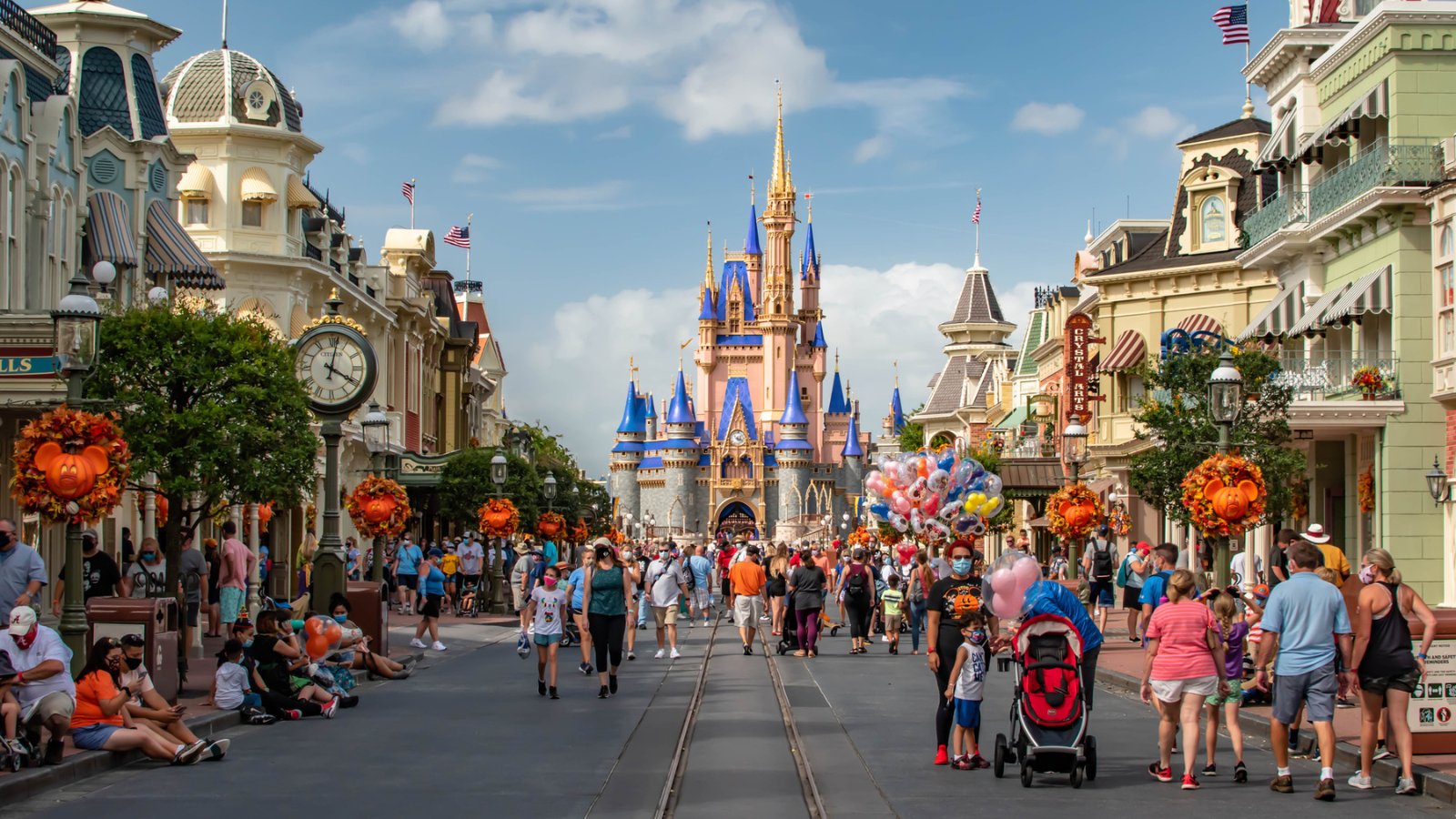
These theme parks succeed because they recognize that toddlers and preschoolers experience wonders through different mechanisms than older children and adults. Rather than relying on adrenaline rushes and extreme thrills, they create environments where imagination flourishes through gentle storytelling and interactive play that matches developmental stages.
The investment these destinations make in age-appropriate entertainment often determines whether families continue visiting theme parks as children grow older—making those early positive experiences crucial for long-term customer relationships.
Like Travel Pug’s content? Follow us on MSN.
More from Travel Pug

- 20 Best Beach Towns in the Carolinas
- 13 Destinations Where Tourists Regularly Regret Their Trip
- 20 Things You Actually Get in First Class
- 20 Small Airports With Aviation Museums
- 20 Places in the U.S. That Are Perfect for a Reset Trip
Like Travel Pug’s content? Follow us on MSN.
